When i open the plastic casing of electric switch and socket normally used in household like (250 V AC 16 A Switch , 250 V AC 13 A Socket) then i found different shaped copper bar. copper rod, copper sheet. Shape of these items are not uniform so area is different. So for a certain voltage and current how can i calculate the proper thickness as well as the copper grade. For a cable diameter is uniform and in web there are lots of information how to calculate the diameter of wire but for these copper items i did not found any good reference where i can study.
Thanks in advance and sorry for this stupid question
